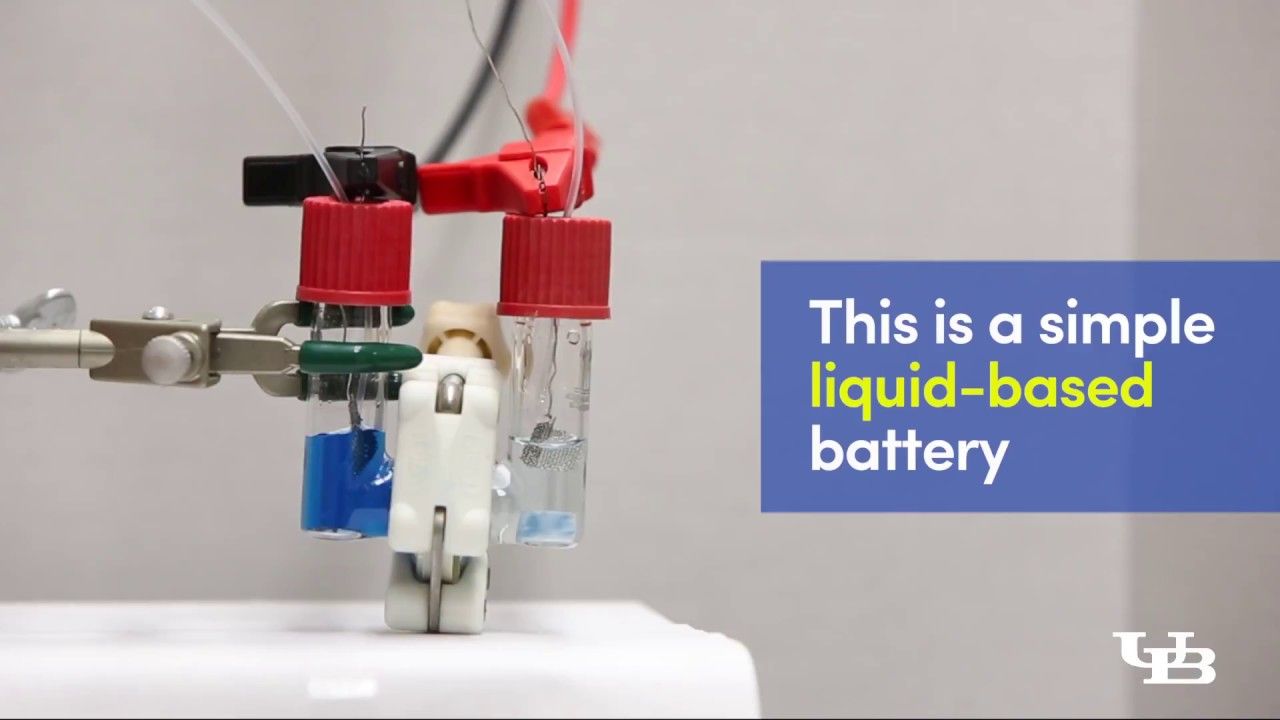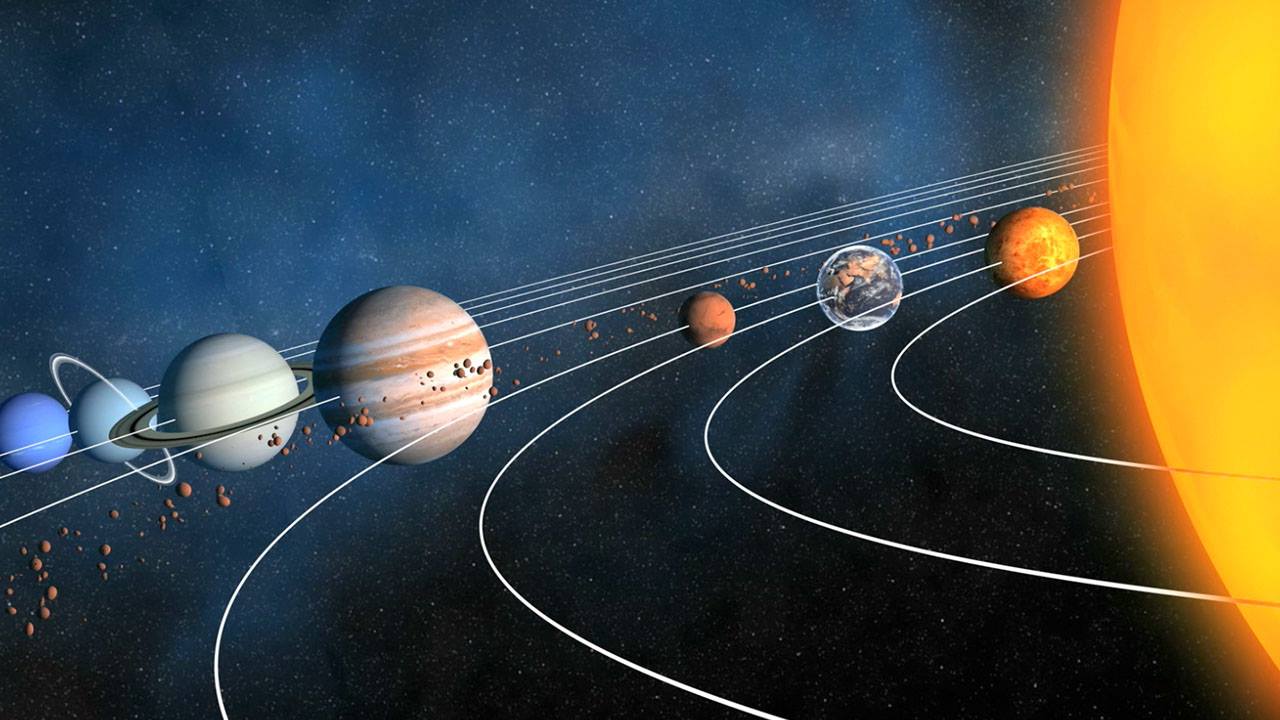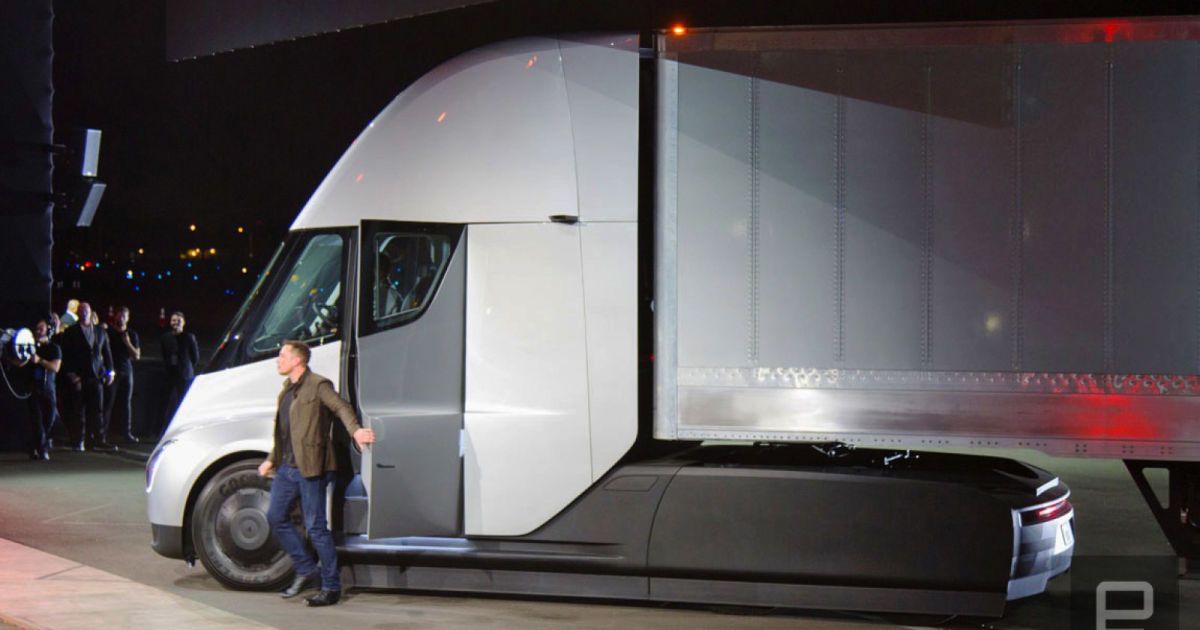MADRID (Reuters) — The Bank of Spain’s website has been hit since Sunday by a cyber attack which has temporarily disrupted access to the site, a spokesman for the central bank said on Monday.
Unlike Nuclear fusion which has never had net generation of power, molten salt nuclear fission power had 2.5 megawatts of net power generation from a US nuclear prototype back in the 1960s. The US government had major work on molten salt nuclear reactors form the 1950s through the 1970s.
There is now a multi-billion race from many US companies and China and Canada and European countries to develop molten salt nuclear power.
A sapphire-colored dye called methylene blue is a common ingredient in wastewater from textile mills.
But University at Buffalo scientists think it may be possible to give this industrial pollutant a second life. In a new study, they show that the dye, when dissolved in water, is good at storing and releasing energy on cue.
This makes the compound a promising candidate material for redox flow batteries—large, rechargeable liquid-based batteries that could enable future wind farms and solar homes to stockpile electricity for calm or rainy days.
Researchers have demonstrated that telomerase gene therapy does not increase the risk of cancer, even in strains of mice that are particularly susceptible to cancer [1].
A tale of telomeres
Short telomeres trigger cellular senescence and are thought to be one of the primary hallmarks of aging, which has led to various researchers seeking ways to restore the telomeres in order to prevent cells from dying and to encourage division and tissue regeneration. We won’t go over the basics of telomeres and how they influence aging here, but if you would like to learn more, check out our telomeres article, which explains it all.
Elysium Health has released a new supplement called Basis which can help keep your body healthy as you age. According to a double-blind, placebo controlled study, the supplement increases your body’s levels of NAD+, which support important activities within our cells and contributes to our health.
Tesla’s Semi truck has already made some city-to-city trips, but how does it fare on cross-country jaunts — you know, what it’ll be doing when it enters service? Just fine, if you ask Elon Musk. In response to an Electrek piece on the Semi’s latest visit (to Arkansas trucking behemoth J.B. Hunt), the CEO noted that the Semi has been traveling thousands of miles entirely by itself, using the existing Supercharger network. The only necessary help is an “extension cord” to help the truck plug in. To be exact, it’s a system of cords that plugs into multiple stations at once to top up the Semi’s giant battery before the company’s Megachargers come online.
That solo travel is likely meant in part to reassure customers (including J.B. Hunt) that the Semi is already capable of handling long-distance trips without escorts. However, it does leave a few open questions. How long does it take to top up using Superchargers, and how likely is it that drivers could rely on them when Megachargers aren’t available? While it’s easy for a Tesla-operated truck to cross the US using the existing framework, it’d be another matter with thousands of third-party trucks in service. This is a significant step toward the Semi hitting the road in earnest, but there are many more steps to go.
What’s cool is that it was driven across the country alone (no escort or any accompanying vehicles), using the existing Tesla Supercharger network and an extension cord— Elon Musk (@elonmusk) August 25, 2018









